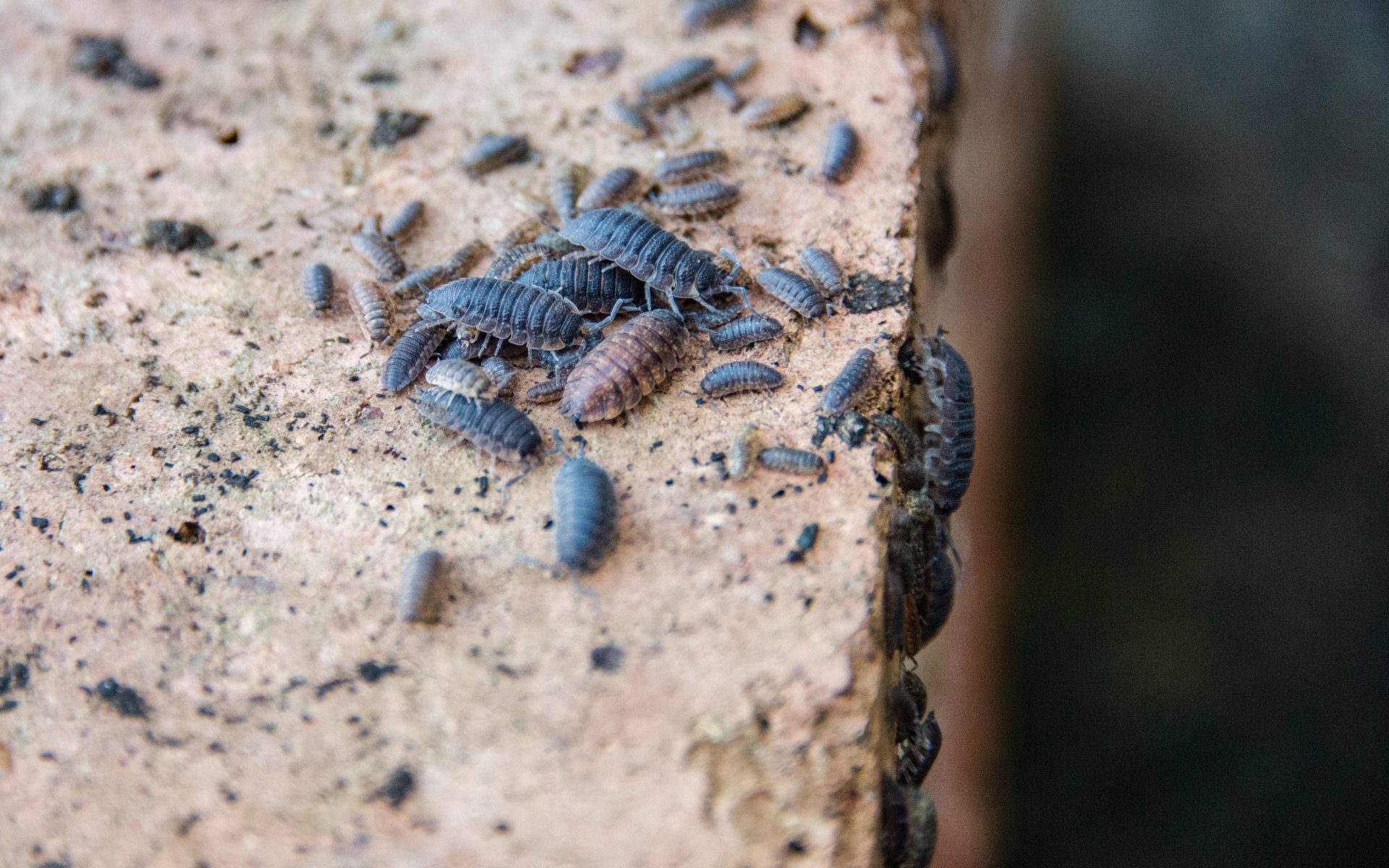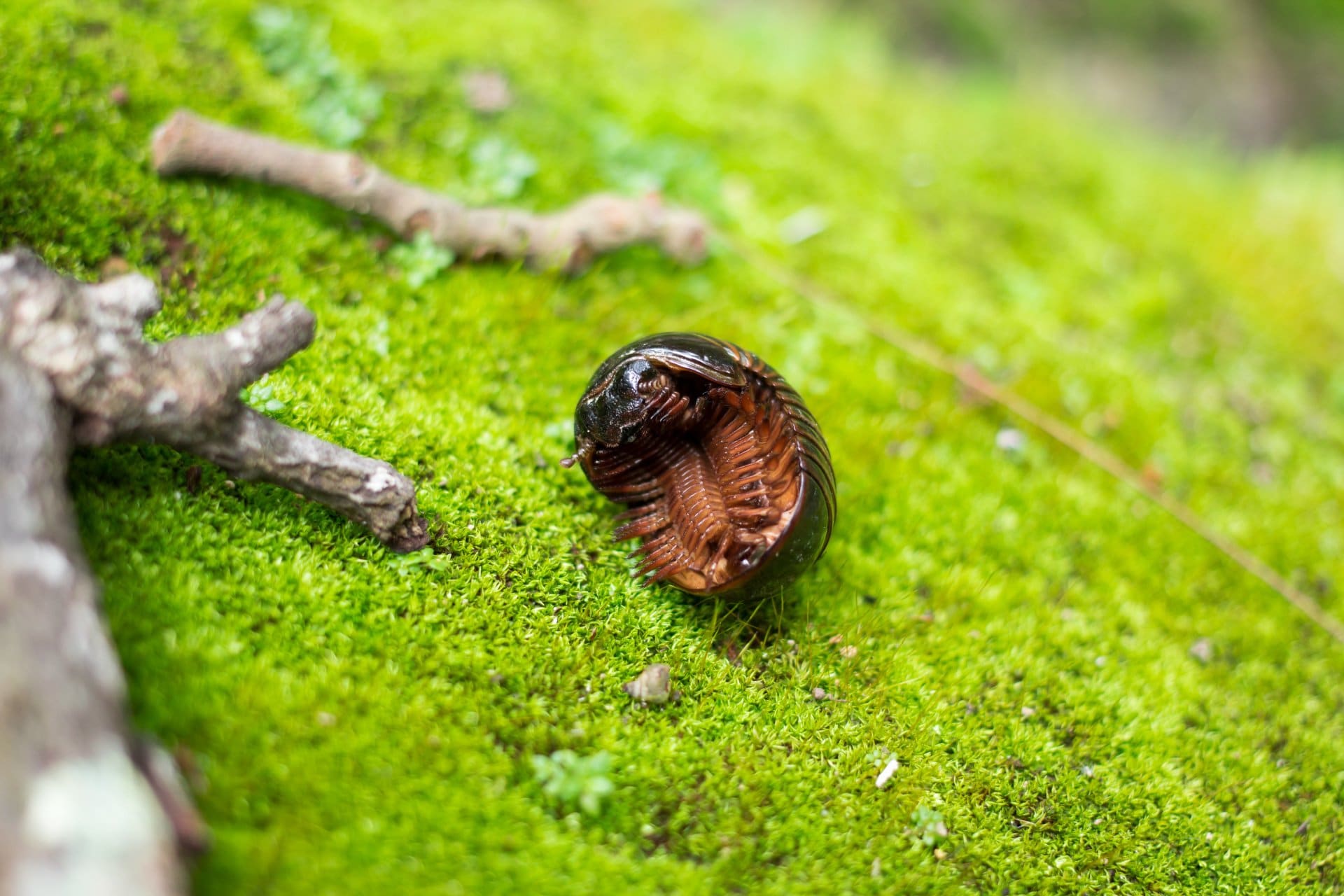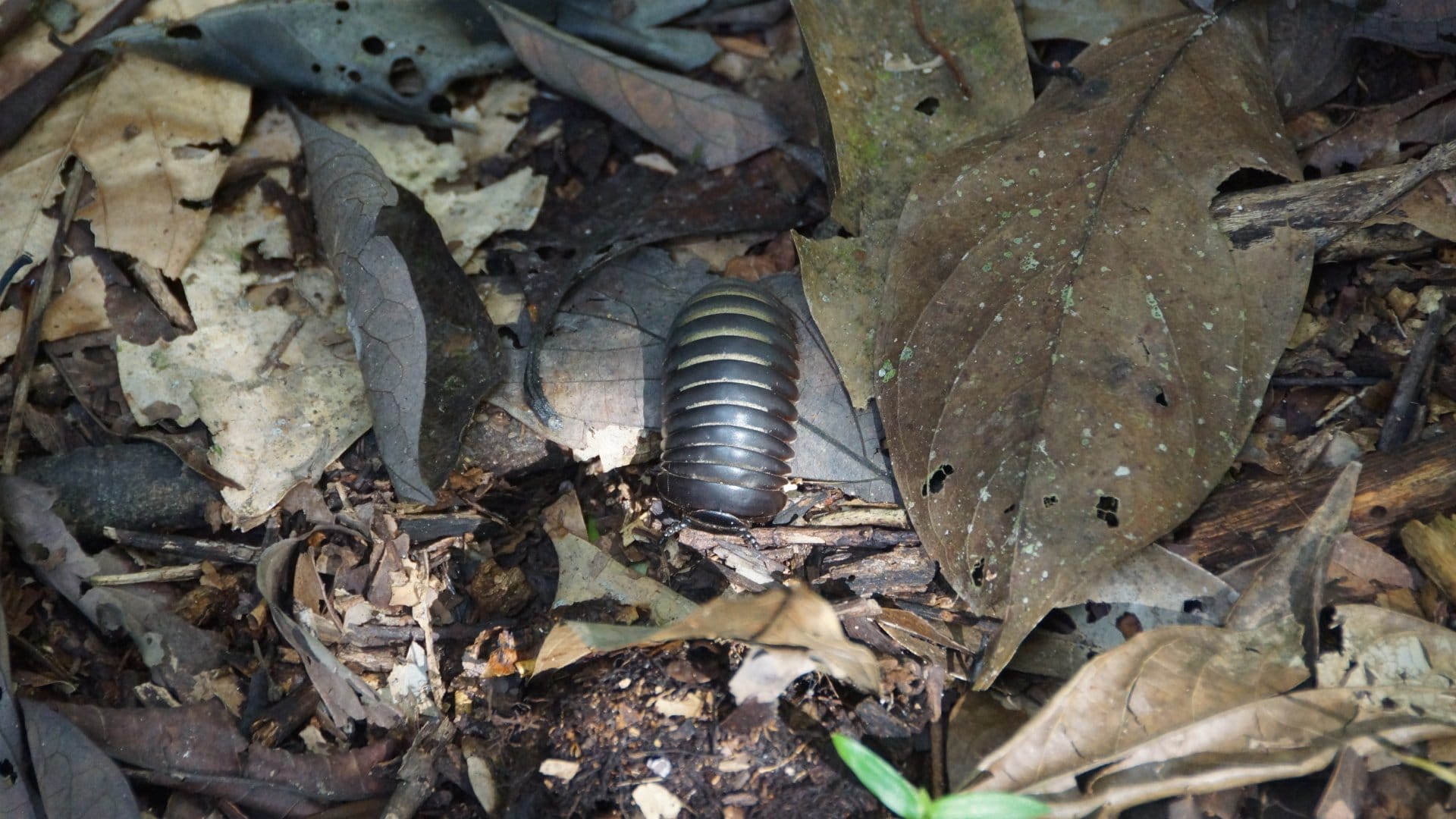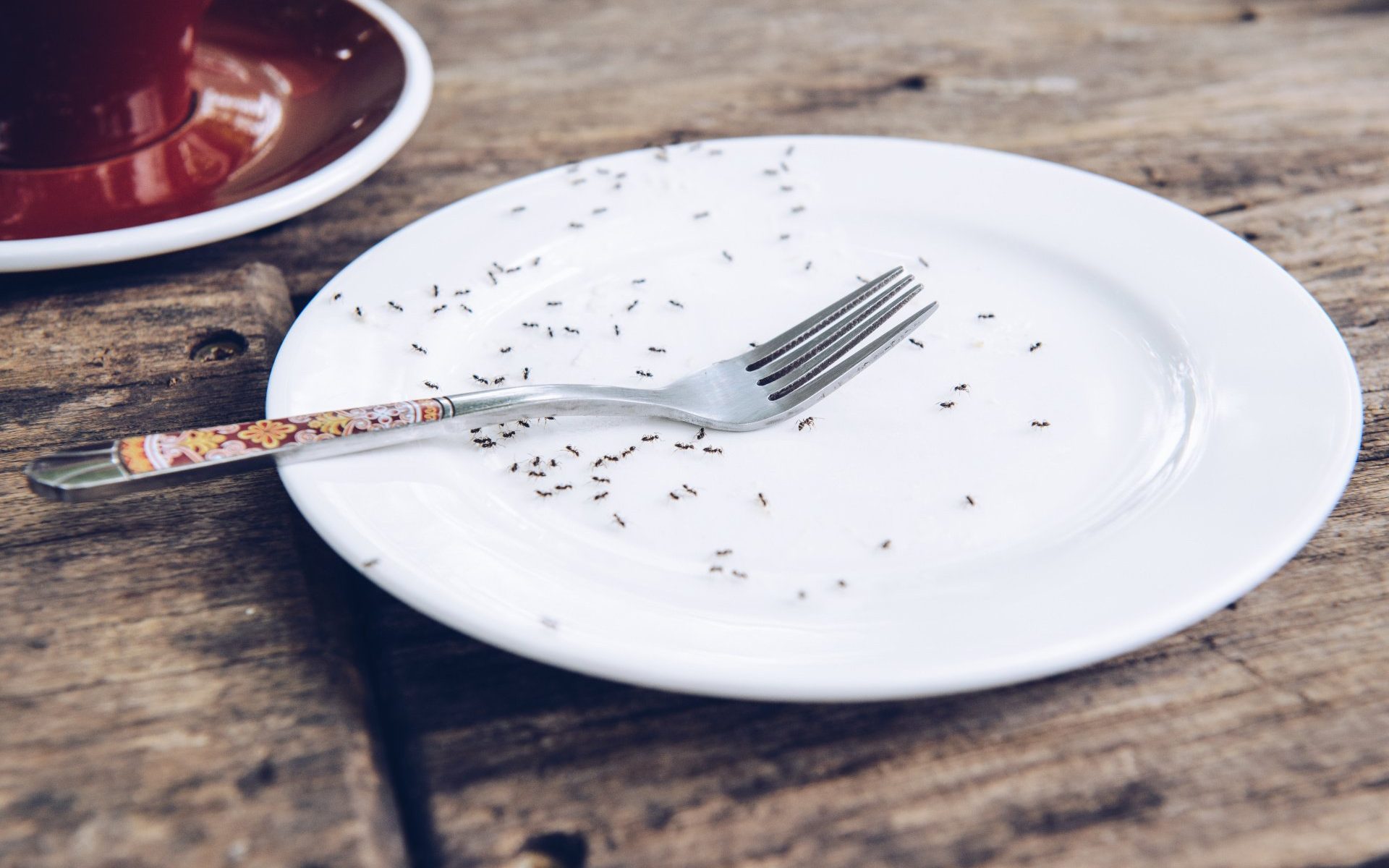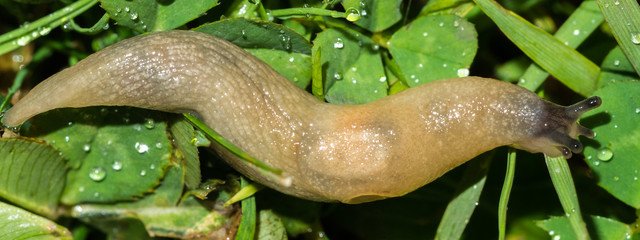
Nothing is more frustrating than painstakingly planting a garden of colorful growing things, and then watching your hard work get eaten and destroyed by insects or wild animals.
Luckily, there is a myriad of ways to prevent pests from bugging your plants without ruining your garden. Many of the solutions can be made using ingredients you might already have around the house.
At Environmental Pest Management, we take a common sense and environmentally sensitive approach to managing pests. We strive to prevent and eliminate pests in a way that is affordable for our clients and non-damaging to people, property, and the environment. Call us at 952-432-2221 and schedule your free estimate today!
Identifying Plants and Pests
Not all bugs are created equal. Even in the healthiest garden, there will always be insects munching on leaves. Each gardener decides when their garden needs to get treated with insecticide or another pest repellent, and when it can be left alone to nature.
For new gardeners, a great place to start your pest management study is to learn how to identify what kinds of bugs, slugs, and other critters are common in your region. You can talk to your neighbors to compare notes and gain historical knowledge from the area, in addition to using Google or your local library resources.
If you bought a house with landscaping elements you aren’t familiar with, research and write down the kinds of plants, flowers, and trees you identify. Some pests have specific species of plants they prefer, while others are less picky.
Common Garden Pests
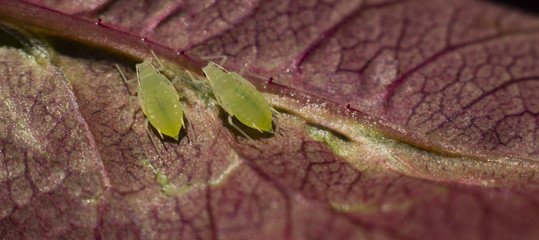
The list of critters that would love to share your garden is very long. Below is a roundup of some of the most common pests that could potentially cause problems.
- Ants
- Animal – birds, cats, deer, rabbits and other rodents
- Aphids
- Beetles – asparagus, been, blister, cucumber, flea, potato
- Earwig
- European corn borer
- Grasshopper
- Fungus Gnats
- Psyllid
- Root maggot
- Slugs
- Snails
- Bugs – sow, pill, squash, stink,
- Spider Mite
- Squash Bug
- Worms – army, cut, cabbage, corn, tomato, wire
- Whitefly
Environmentally-Friendly Pest Management
When treating your garden or lawn, it’s essential to strive for the least toxic solution. Below is a non-exhaustive list of some tried-and-true pest management practices that are effective yet gentle.
Botanical insecticides:
An insecticide is any substance used to kill insects. Botanical insecticides are derived from plants and are less toxic than many chemical alternatives.
Pest traps and lures:
Insect traps use colors, pheromones, scents, food or other bait to lure and capture pests. Most of these solutions contain and kill pests by entrapping them in a sticky, glue-like solution or glass receptacle.
Pest barriers:
A pest barrier can be something as simple as a fence or a strip of copper tape. Some gardens may even benefit from granules of predator urine (coyotes, wolves) to sprinkle around the perimeter of your property and scare prey animals away.
Biopesticides:
Biopesticides are derived from natural sources and are effective at managing pests yet short-lived in the environment. According to the Environmental Protection Agency, biopesticides are derived from materials like plants, bacteria, and minerals. Biopesticides are less toxic than synthetic pesticides and very effective in small quantities, resulting in less environmental pollution.
Beneficial insects:
Believe it or not, there are plenty of bugs that you could purposefully invite to your garden for pest control! Beneficial insects eat aphids, mites and other plant-chomping nuisances that leave your garden in shambles. Typically, this is an aggressive solution that you should consider only after exhausting other options.
Gardening in Minnesota

Each climate comes with its own unique set of growing conditions and common pests. At Environmental Pest Management, we are experts at helping Minnesota gardeners and homeowners find solutions for all of their pest management problems.
According to the USDA plant hardiness map, the state of Minnesota contains growing zones from 3a-4b.
The University of Minnesota has an incredibly thorough insect identification tool that contains pictures and descriptions of most of the pests you’ll find in the area.
Slugs
The hardy hosta is a favorite among Minnesota gardeners – and slugs, who love to munch holes in the broad green leaves until they look like swiss cheese.
To repel these slimy uninvited guests, you can fill a tuna can with beer or grape juice and the slugs will eventually fall in when they go for a sip.
Alternatively, you can purchase a strip of copper tape that will give slugs and snails a mild electrical shock where the copper meets the wet mucus of their bodies.
Japanese beetle
In the Twin Cities metro area, the Japanese beetle is a widespread nuisance. An invasive species, this beetle loves to feast on peony flowers, raspberry bushes, apple trees, and around 300 other plant species.
To stop beetle larvae from maturing, you can apply a preventative insecticide during the month before adult beetles emerge and begin to lay eggs (usually from mid-June to mid-July).
If that doesn’t work, try a DIY organic pesticide spray with neem oil. Neem oil is derived from Indian neem trees and is an ancient insecticide that can be used to repel aphids, mites and other soft-bodied insects.
DIY Natural Pesticide Spray Recipe:
- Two tablespoons neem oil
- One tablespoon castile soap
- One quart of water
Mix all three ingredients in a spray bottle, shake well, and spray on the tops and undersides of leaves. You may need to apply multiple treatments.
Moles and Voles
Mole and vole control can be a big challenge, as these burrowing rodents have voracious appetites. Moles prefer to eat insects and worms, while voles feed on the roots of grass and perennial flowers.
If you have a severe mole problem, reducing their food source could alleviate the infestation. Moles especially love beetle grubs, so finding a solution to kill them might entice the moles to find food elsewhere.
For a vole infestation, there is a practical, non-toxic solution that might surprise you: a barn cat! Adopt (or borrow!) a cat that is known to be in touch with its natural predatory instincts and let it loose in your yard for a couple of days.
Removing rodents from your garden is usually the most effective long-term solution. Though some gardeners may resort to lethal traps or poisons, there are a variety of humane live traps that you can buy or even make yourself.
Safe and Effective Pest Management
Don’t let pests bug you – call Environmental Pest Management at 952-432-2221 to schedule your free estimate with one of our trained experts today!




